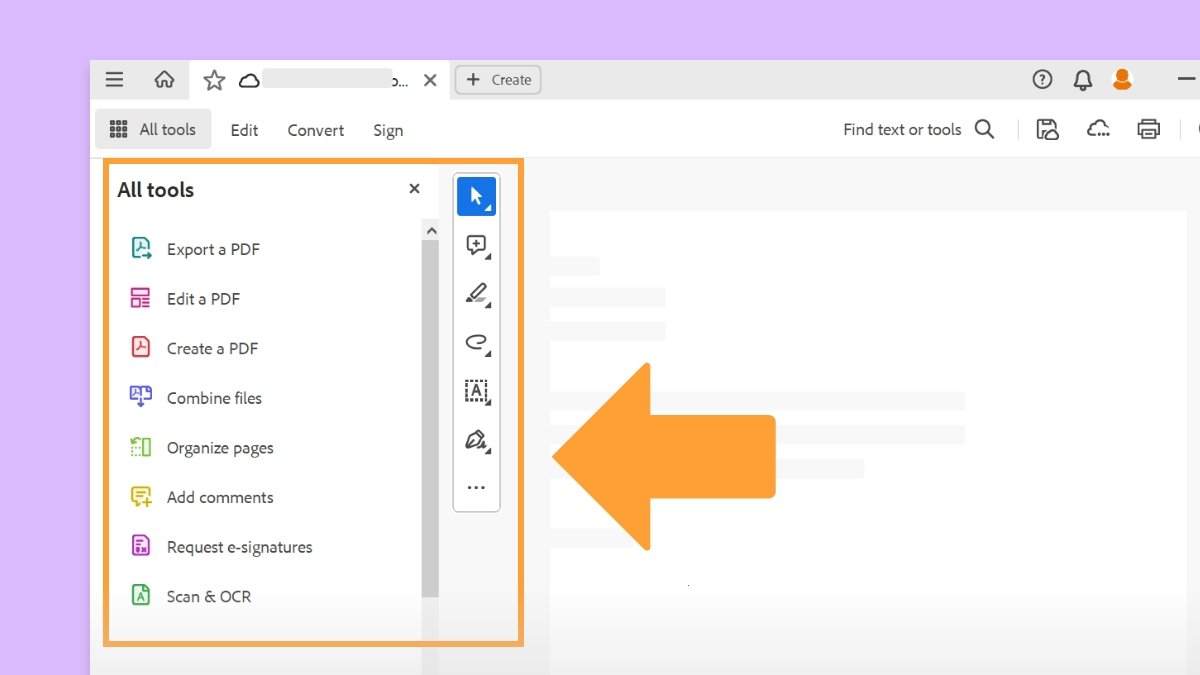Before you begin
We're rolling out a new, more intuitive product experience. If the screen shown here doesn’t match your product interface, select help for your current experience.
Before you begin
We're rolling out a new, more intuitive product experience. If the screen shown here doesn’t match your product interface, select help for your current experience.


You can view the results of a preflight inspection as a list, as comments, or individually in the Preflight dialog box. In the Results list, mismatches appear according to severity, with all errors first, followed by warnings, and then just information. An alert icon appears next to each check that did not meet the criteria specified in the preflight profile.


The icons at the top of the Preflight dialog box indicate that at least one issue of a particular severity has been found: the red error icon ![]() , the yellow warning icon
, the yellow warning icon ![]() , and the blue Info icon
, and the blue Info icon ![]() for information only (with no errors or warnings). The green check mark
for information only (with no errors or warnings). The green check mark ![]() means that no problems were found.
means that no problems were found.
The Preflight dialog box lists the issues flagged after an inspection that tests against the criteria specified in the selected profile.
If details are available, expand an area to view details about the problem object. Your Preflight preferences determine how many results, if any, are listed.
To view an object in a separate view, select Show in Snap.
To embed an audit trail, select Embed Audit Trail. You can embed an audit trail only if you used a profile to run the preflight inspection.
If you switched to a different view in the Preflight dialog box, select Results to return to the Results list.
To view an object in context on the PDF page, double-click the item. The object is highlighted with a dotted line for easier identification. This option is useful when an object, such as a font, exists in multiple places in the document. In some cases, the item is an attribute of an object (for example, a color space). In those cases, the inspection finds the objects that use the attribute.
You can change the type of line, its thickness, and its color on the Highlighting tab of Preflight preferences.


Use Snap View to isolate an item when working with pages containing complex, overlapping areas. Some items, such as document information fields or page labels, cannot be displayed.
Select Show In Snap.
In the Preflight: Snap View window, select an option from the Background color menu. All problem objects are displayed on this color in Snap View.
You can click the arrow buttons to navigate through all of the results in this view. If the results panel is active, you can also use the arrow keys on the keyboard.


The Overview section in the Results panel of the Preflight dialog box lists all types of properties and resources for the document. It lists the color spaces, fonts, patterns, halftone settings, graphic states, and images used in the document. It also lists general information about the analyzed document. This information includes the application used to create it, the date it was created, and the date it was last modified.
In the Results panel of the Preflight dialog box, expand the Overview and Preflight Information sections to view details.
In the Overview section, expand a property to list the resources.
You can embed preflight results as comments in the PDF and then view them as you would any PDF comments. Select comments in the right pane to list each comment (or filtered comment) in a list.
In the Results panel of the Preflight dialog box, select Insert Results as Comments from the Options menu.
If prompted, select Embed if you want to embed comments, regardless of how many exist.
Hold the pointer over a comment in the PDF or select the sticky note for each comment to view its contents.


In the Preflight dialog box, select the Options menu, and then select Remove Preflight Comments.
When you embed an audit trail, a digital signature, and the audit trail information are added. The audit trail information lists the profile used and the application that created it. It also specifies whether the preflight inspection succeeded.
When the results appear, select Embed Audit Trail.
If an informational dialog box appears, select OK.
To view basic Audit Trail information, select the Standards icon ![]() in the right navigation pane.
in the right navigation pane.
To verify that the profile used on the document is the same as the profile on your local system, select Check Profile Fingerprint in the Standards panel
For example, if you asked a customer to use a specific profile, you can use this check to confirm it was used.
To remove the audit trail, select Remove Preflight Audit Trail and save the file.
To view additional Audit Trail information, select File > Document Properties, and select Additional Metadata in the Description tab.
Then in the dialog box, select Advanced. In the list, expand http://www.gwg.org/ns/gwg_preflight_v1. In addition to the basic preflight information, this list includes an overview of the results and the date and time the profile was executed.
You can overwrite an existing audit trail by embedding a new audit trail.
Work smarter with Acrobat on your desktop
Create, edit, and organize PDFs with powerful tools that help you stay productive anywhere.